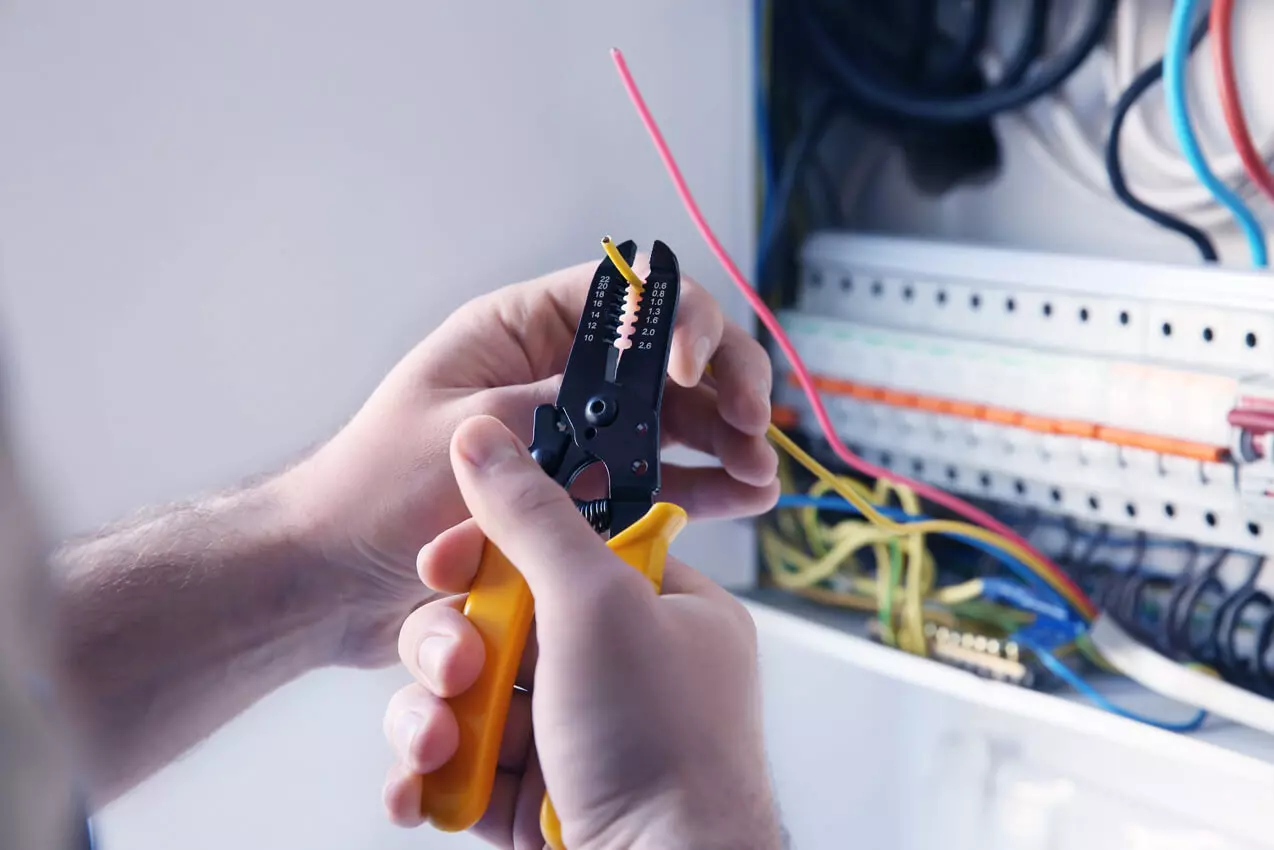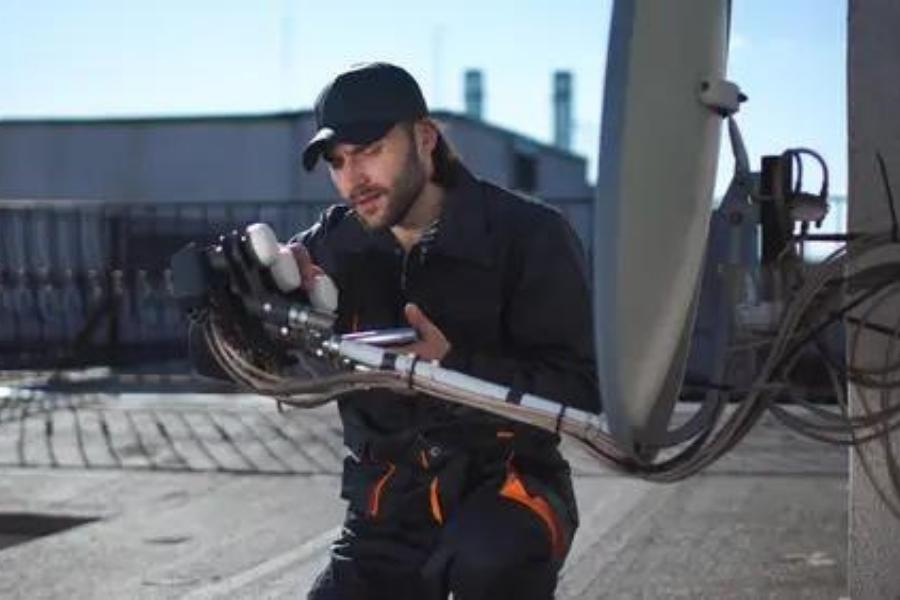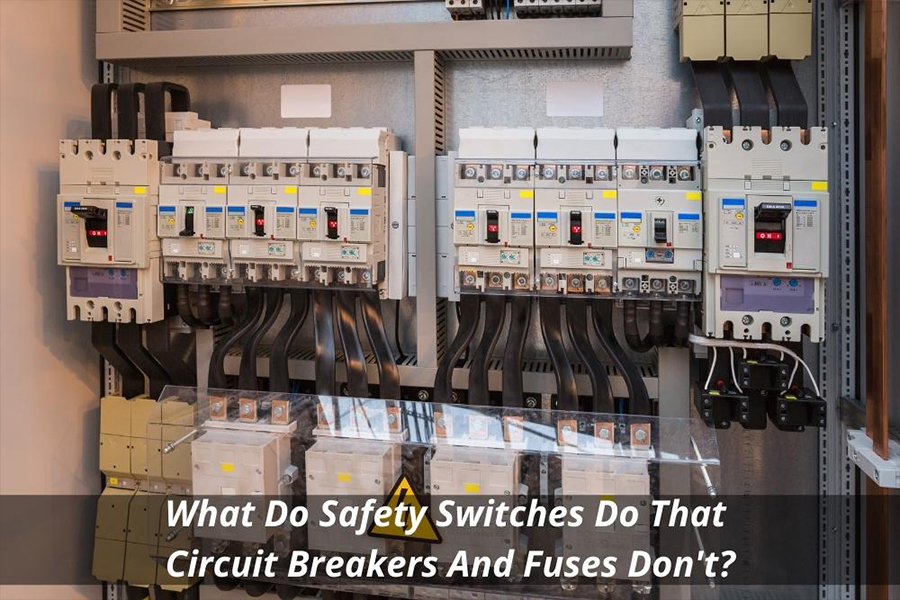Electrical faults can turn out to be a threatening problem if not isolated and repaired promptly. Injuries related to electrical faults account for 5.7 cases per hundred thousand young men in Australia. Electrical Fault Finding tips will give you brief insights into how unseen circumstances may arise as an electrical problem.
When you have an electrical problem in your house, the circuit breaker where the problem is located will usually trip, cutting off power to the area. However, this is not always the case, and the main power switch for the entire house may trip instead. Fault discovery can assist you in identifying the problematic circuit and redirecting power elsewhere.
Get A Sparky is your local electrical fault-finding specialist, and we offer 7 methods to aid you with electrical problem-finding. These electrical fault detection techniques can help you avoid harming your family or causing damage to your property as a result of an electrical failure.
Rules in Australia: Electrical Fault Finding
Before carrying out any kind of electrical DIY, please make sure that you are legally allowed to perform it. The most serious effect is that you or someone else might be electrocuted. Another scenario is a home fire. There are several punishments in place for anybody found conducting unauthorized electrical work, but the most serious penalty is unintentional electrocution. It’s simply not worth it.
Individuals discovered conducting illicit work might face fines of up to $110,000 in monetary terms. If the work provides a substantial risk of electrocution, the penalties maybe $600,000 or 5 years in prison. None of that appeals to everyone. The 7 steps to finding electrical faults at your premises are as follows;
1. Turn off all the circuit breakers
If your entire house has lost power and it isn’t due to a fault with your energy supplier, the main switch in your switchboard has been tripped. As a safety measure, this can trip if it senses any type of electrical failure. Individual circuit breakers will still be turned on, therefore you must first turn them off.
2. Turn on the main safety switch
With all of the switches turned off, you may now flip the primary safety switch back on. Electricity is now accessible in your house, but because the individual circuits have been switched off, electricity to your appliances and fixtures has not yet been given.
3. Turn each circuit on one by one
With the main switch turned back on, you may now turn on each circuit breaker switch. Also, the trick here is to reactivate each switch one at a time.
4. Diagnose the faulty circuit
You can locate the defective circuit by turning each switch on independently. The defective circuit is the one that trips again when you turn it back on! Your electrical issue is caused by a component of this circuit.
5. Turn off all of the switches
Now that you’ve located the defective circuit, you must turn all the switches back off. This is a vital step in electrical fault finding.
6. Turn on the electricity
We may now begin the process of restoring power to the circuits that aren’t tripping. Also, turn on the main switch first, followed by each circuit except the problematic one. You now have power in your home and don’t have to be concerned about that bad circuit tripping again.
7. Contact Expert Electricians in Sydney
After identifying the defective circuit and cutting electricity to it, it’s time to bring in a professional fault-detecting electrician. This switch will not turn back on until the electrical problem is fixed! Also, check out: What does LED stand for?
Understanding Electrical Circuits
Open Circuit
An open circuit is one in which the continuity has been interrupted due to a break in the current flow route. A closed circuit is one that is complete and has good continuity all the way through. A switch is a device that is meant to open or close a circuit under regulated conditions.
Closed Circuit
A closed circuit is an electrical connection in which current flows or circulates. Also, a closed circuit is one that has a succession of electrical wires connected to each other and completes a circuit such that current flows from one end of the circle to the other.
What is a short circuit?
A short circuit is an electrical circuit that permits current to flow unintentionally through a channel with no or extremely low electrical resistance.
As a result, the circuit receives an excessive amount of current. An “open circuit,” which is infinite resistance between two nodes, is the exact opposite of a short circuit.
When to call an electrician?
A licensed electrician Sydney will have a better experience compared to you when it comes to electrical fault findings. They will never stick a band-aid to your problem. Get A Sparky’s approach to solving electrical issues is always long-term permanent solutions. Contact us today and we will be able to help you with your electrical problem right from the beginning phase.










